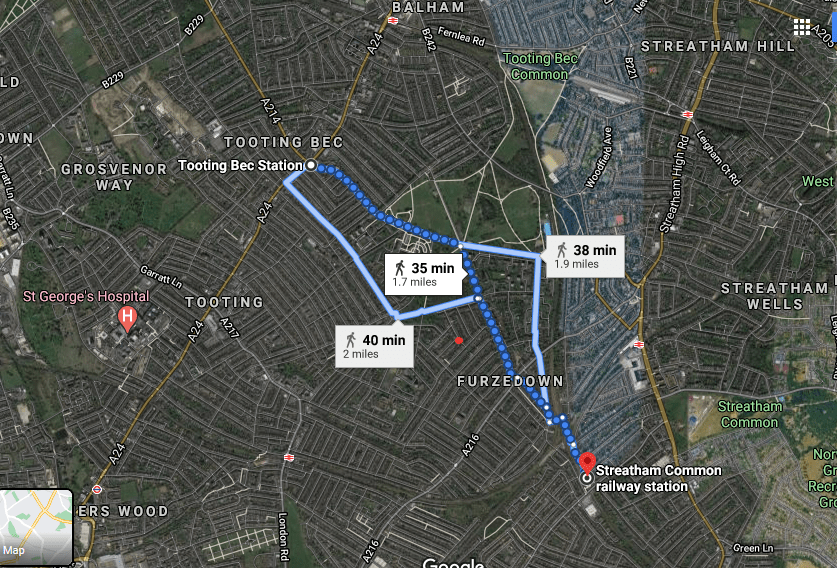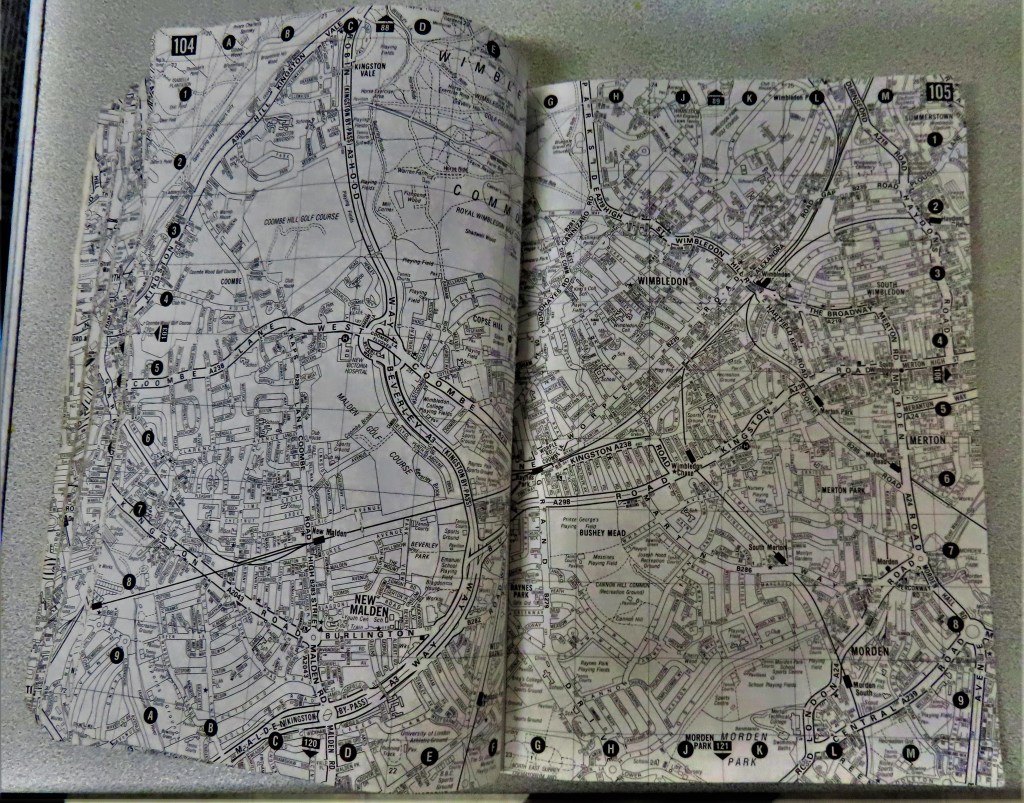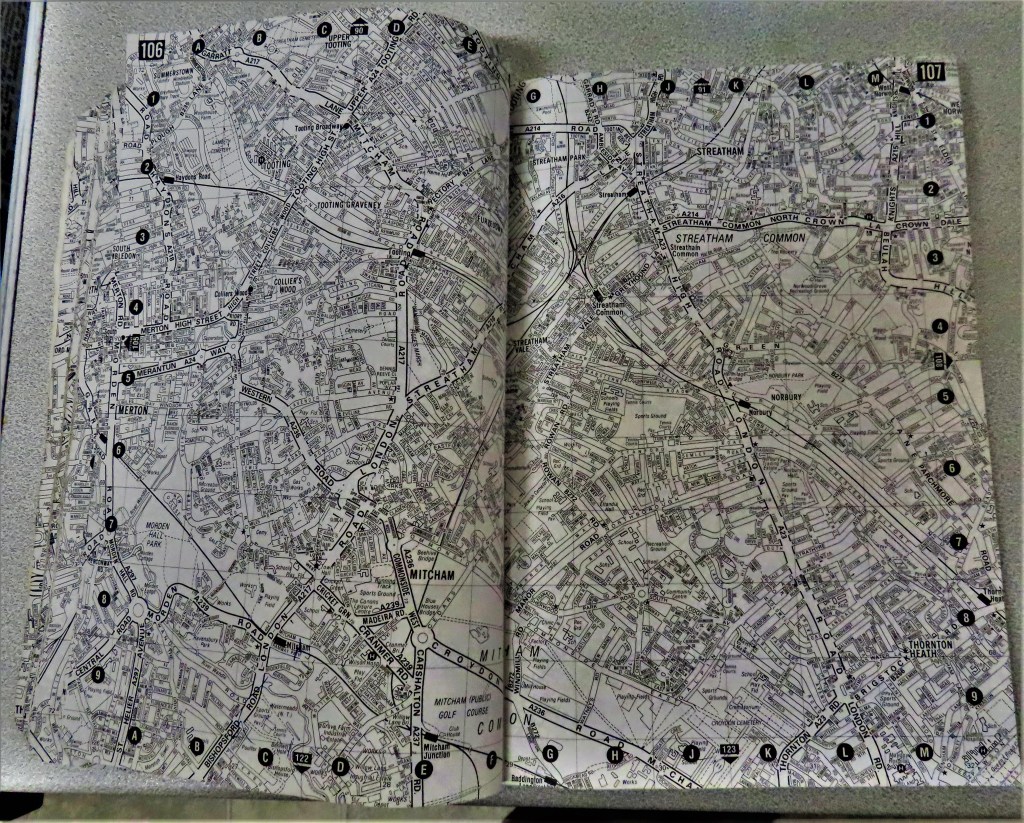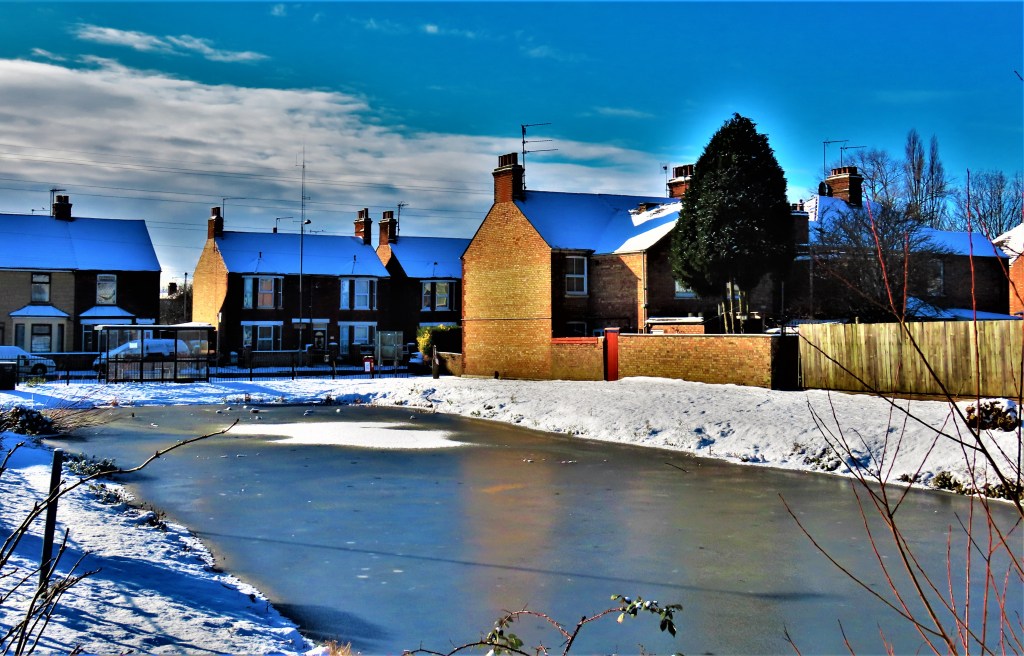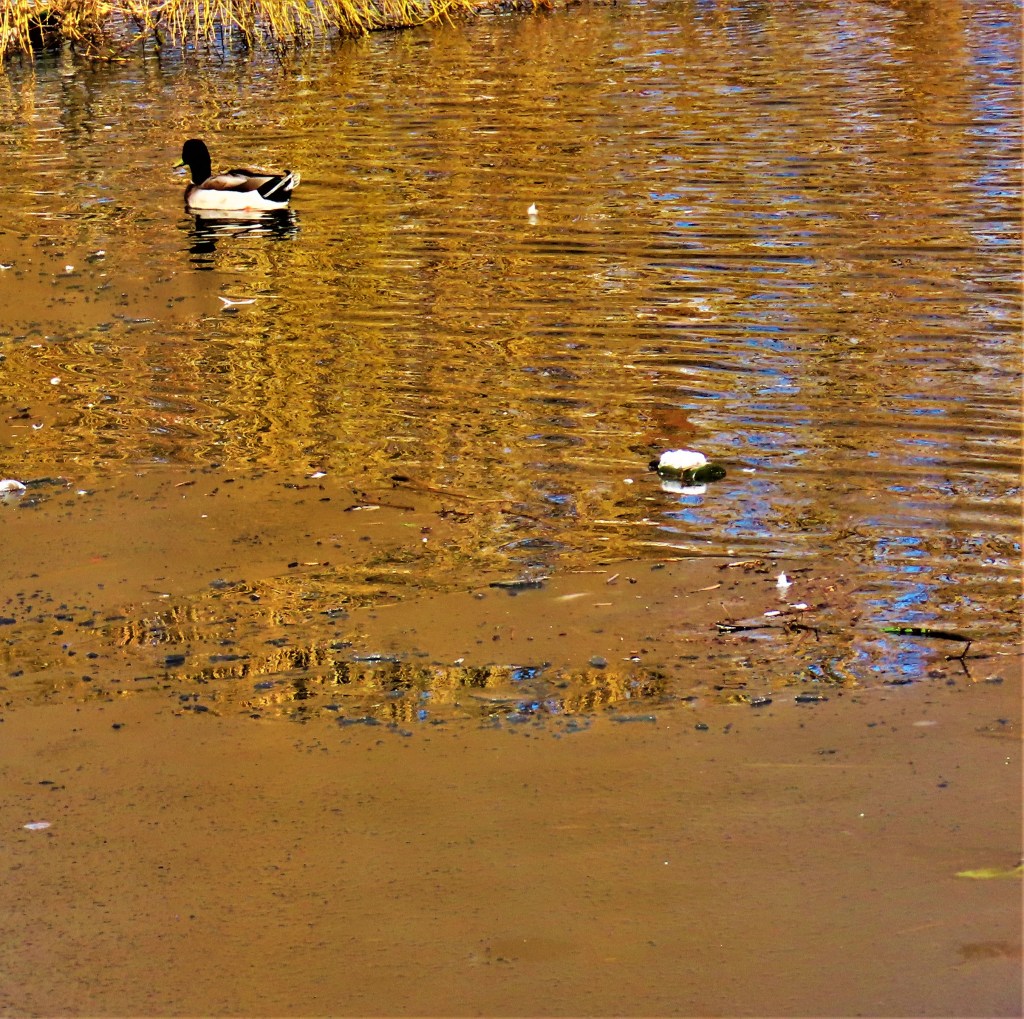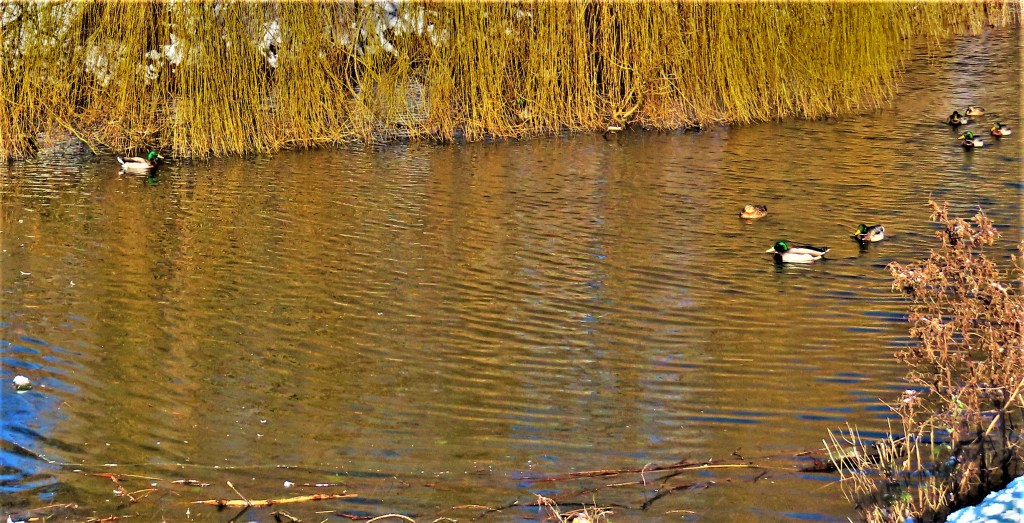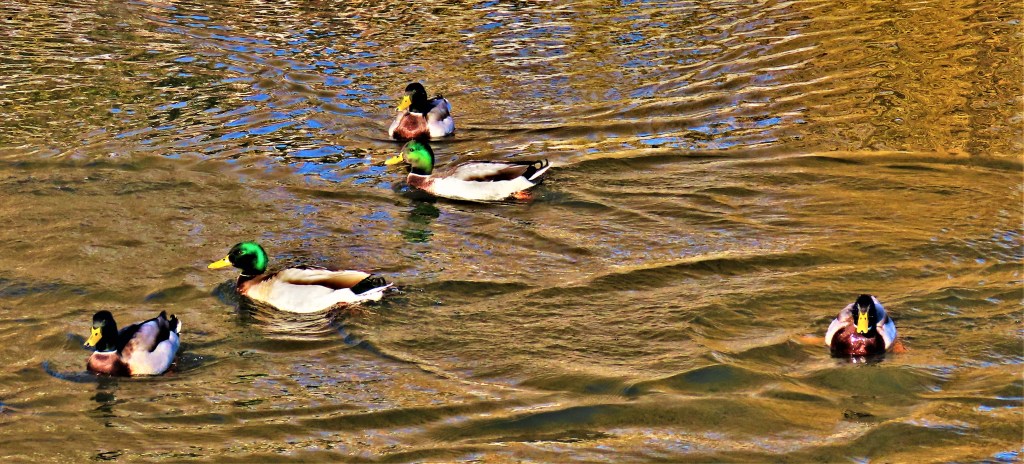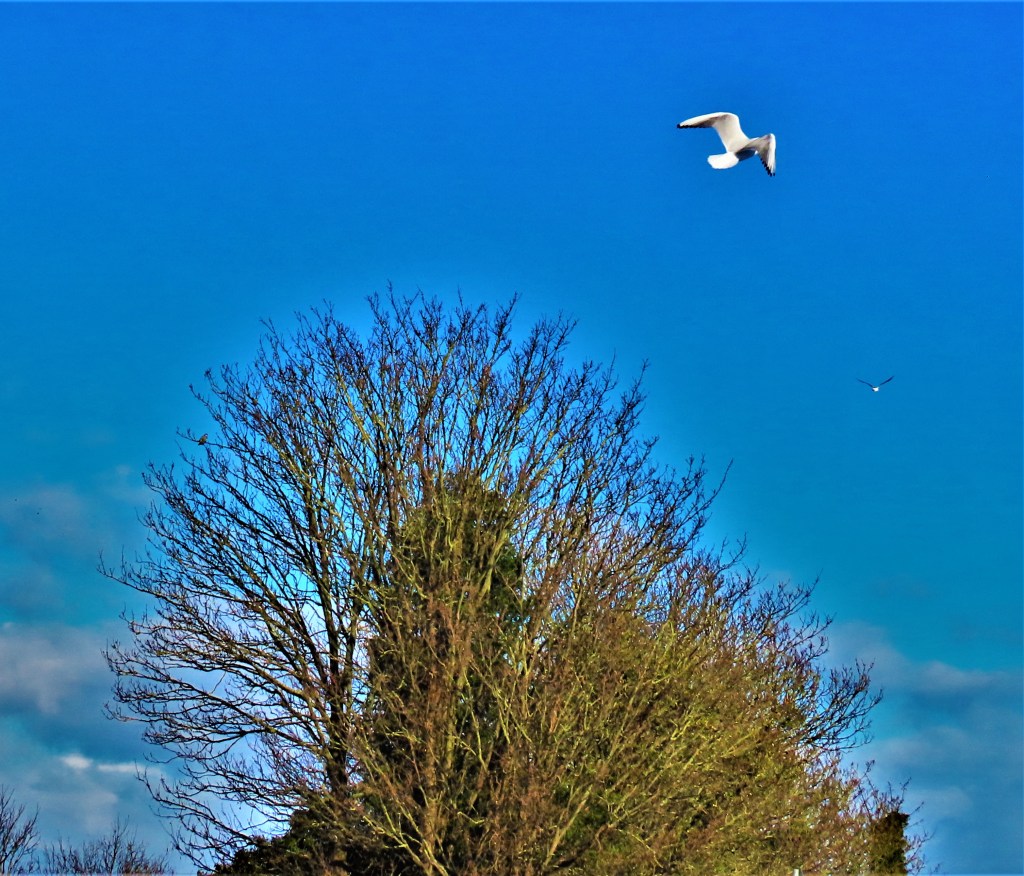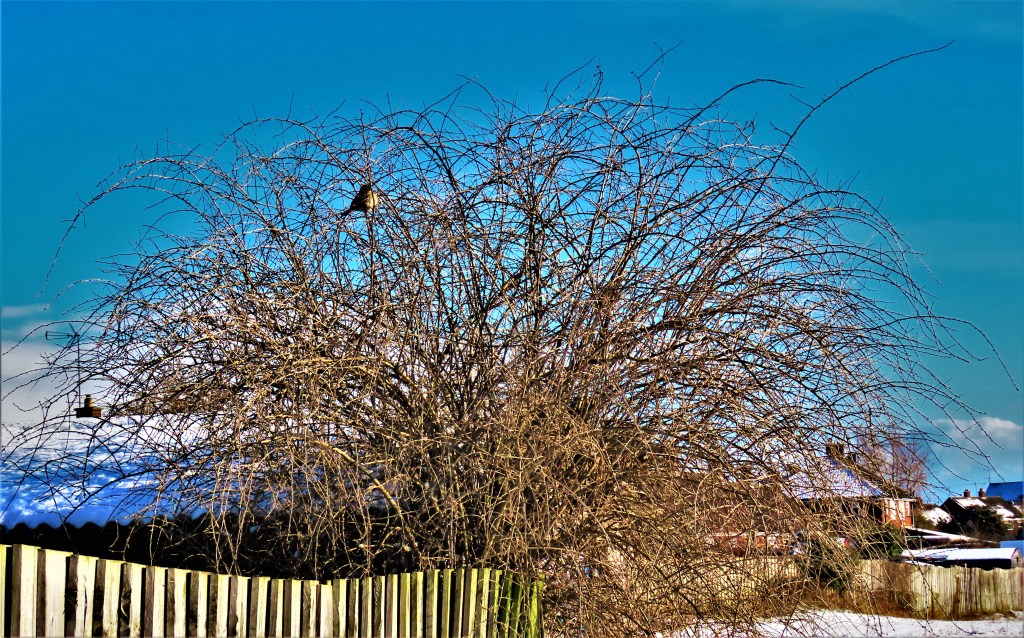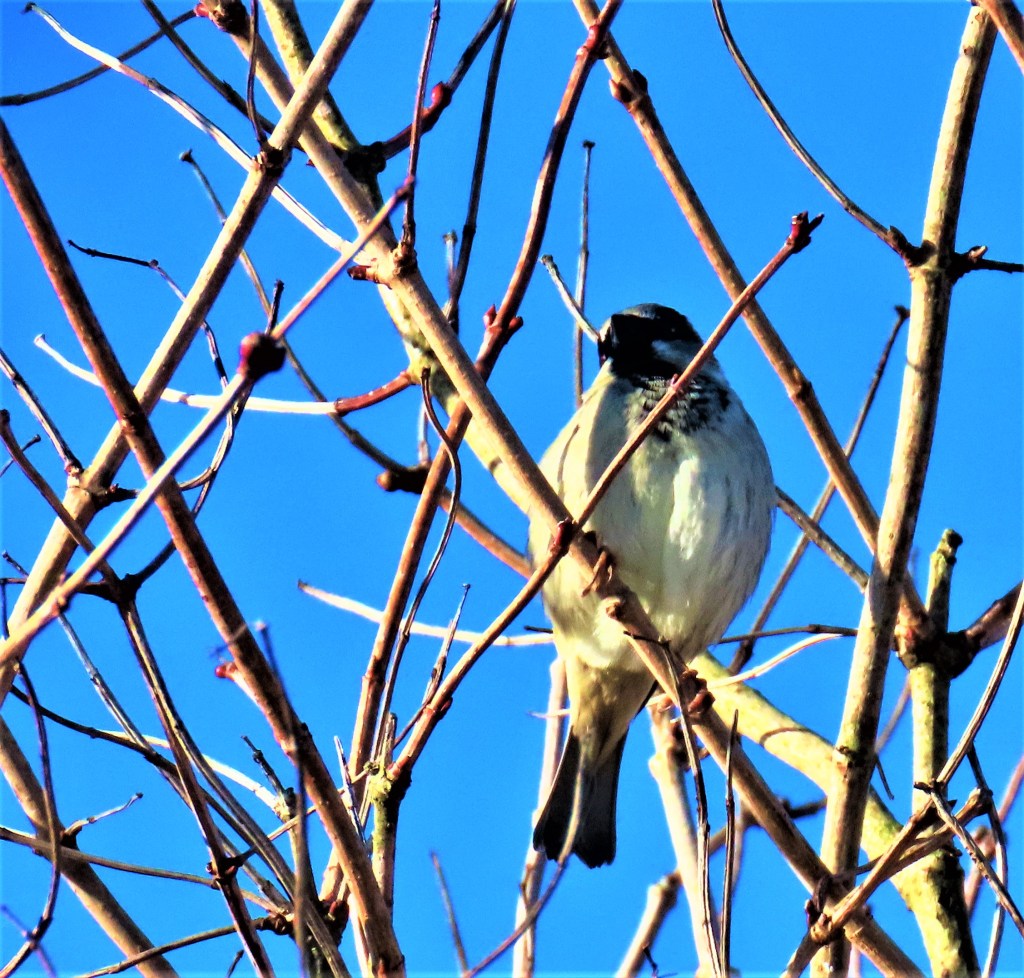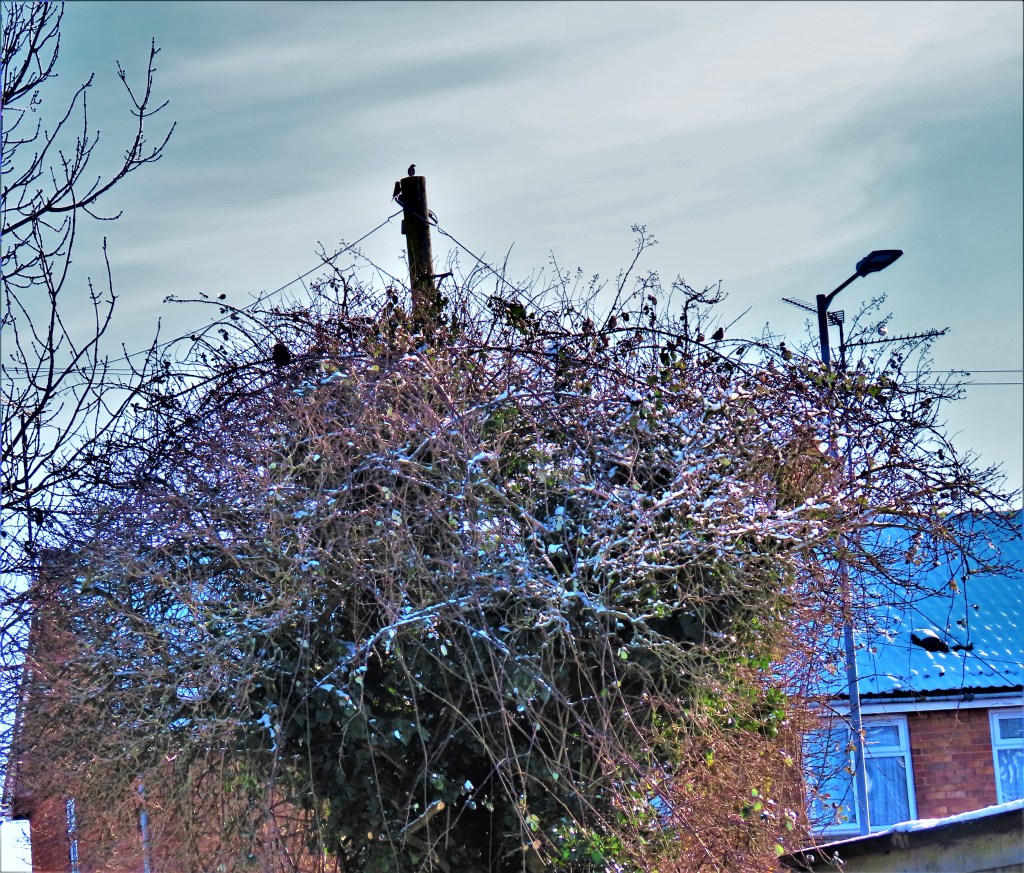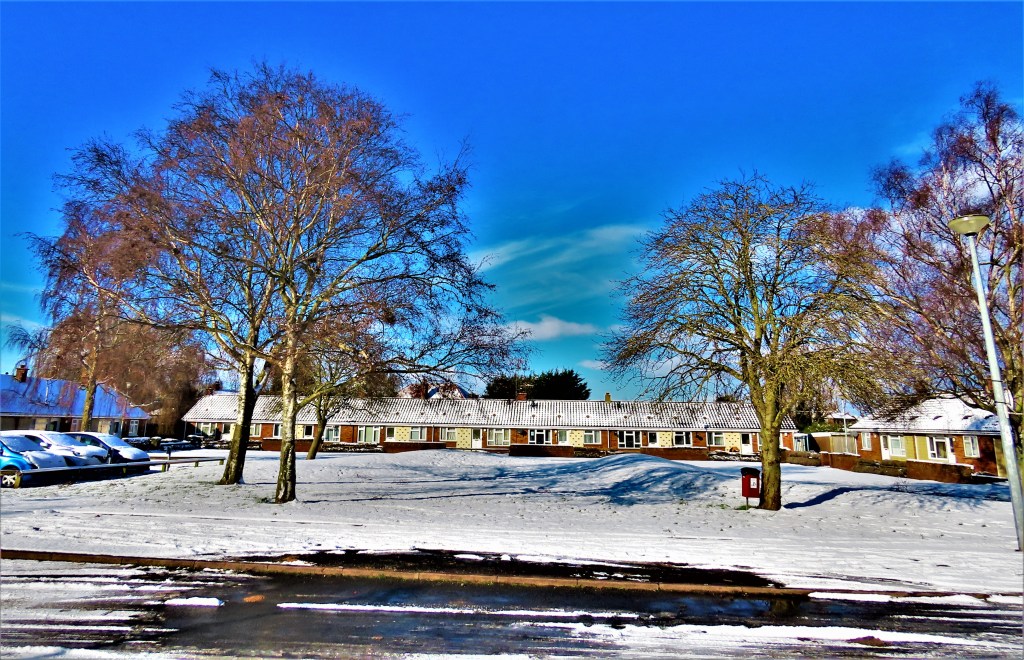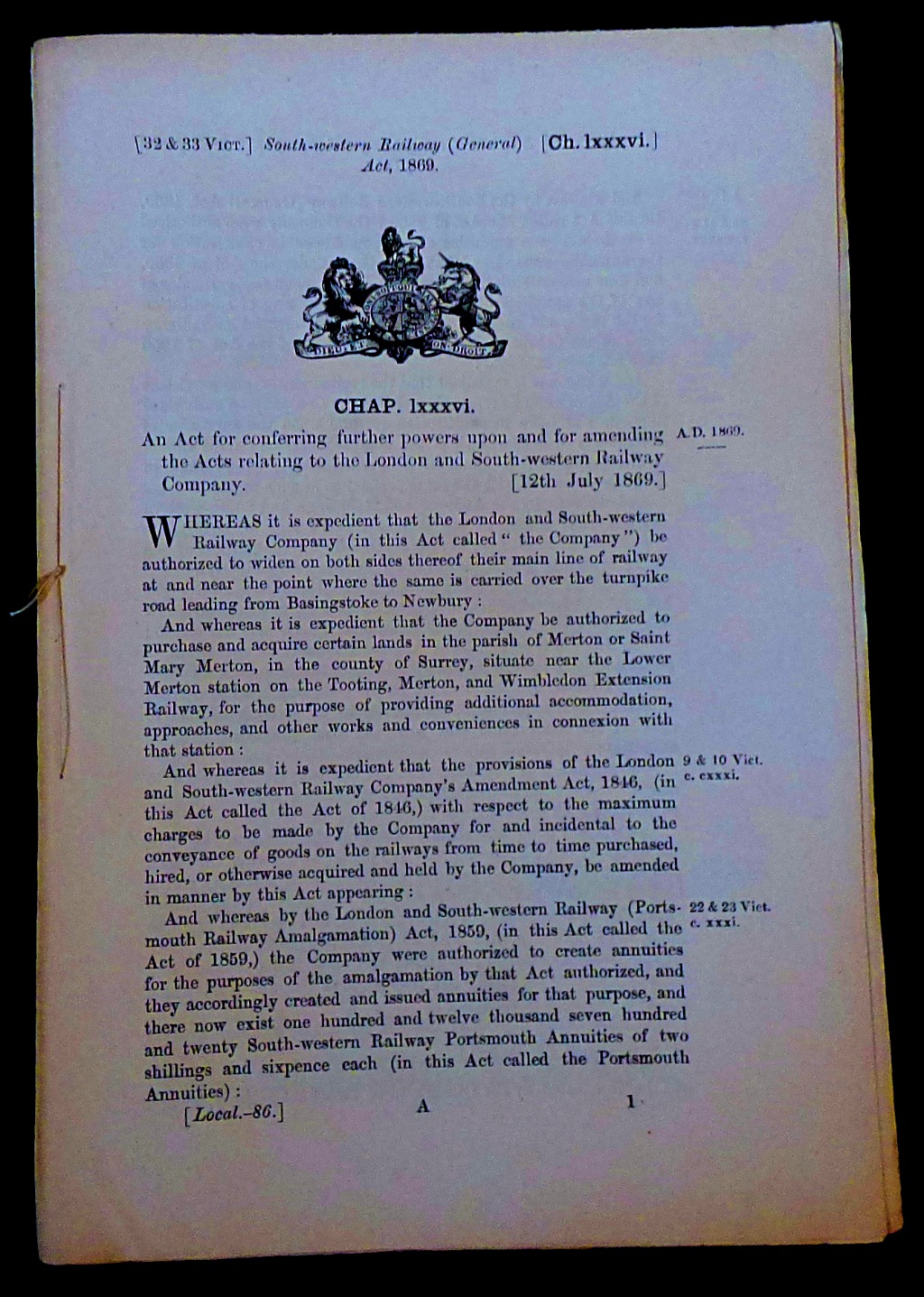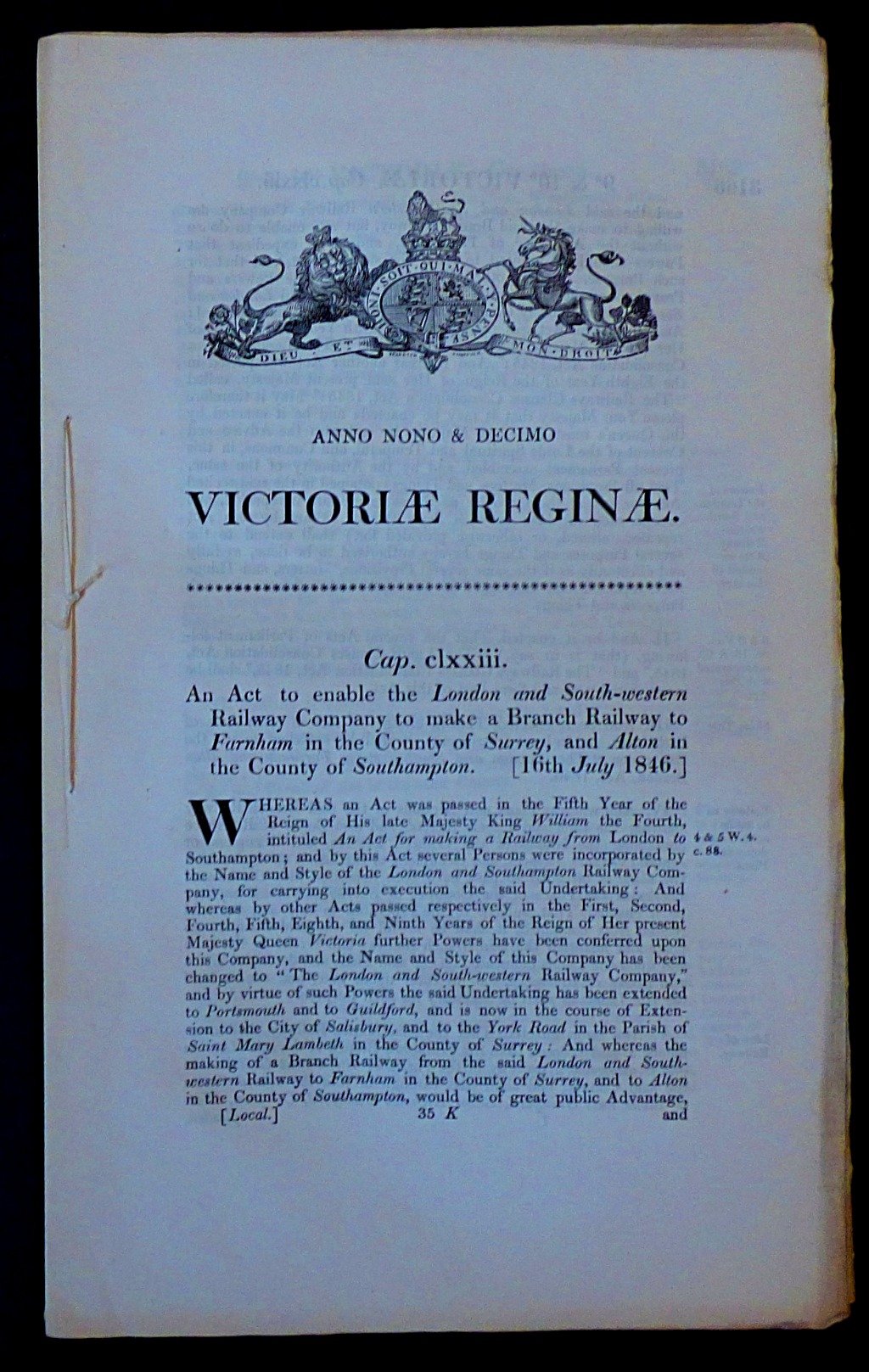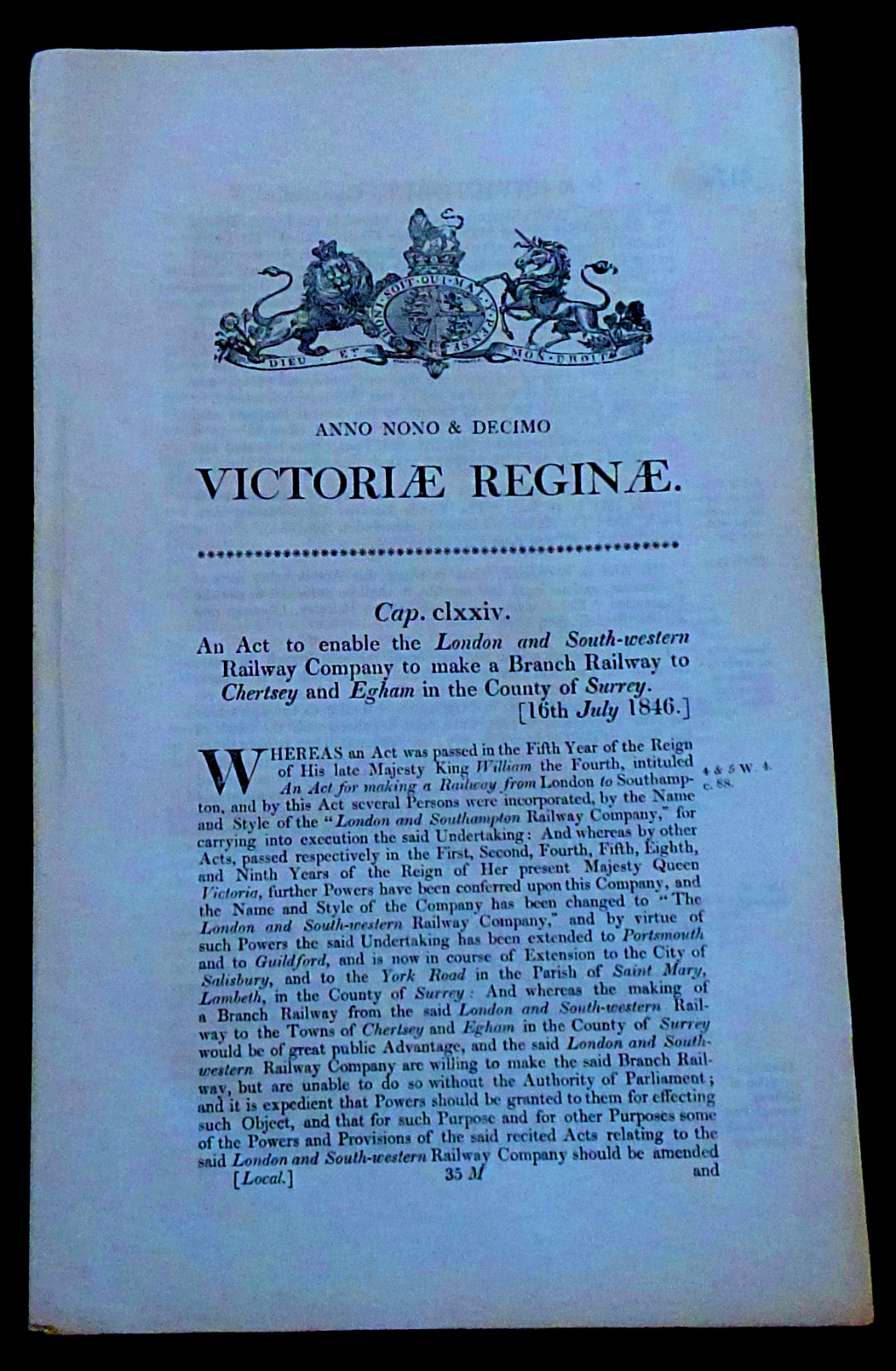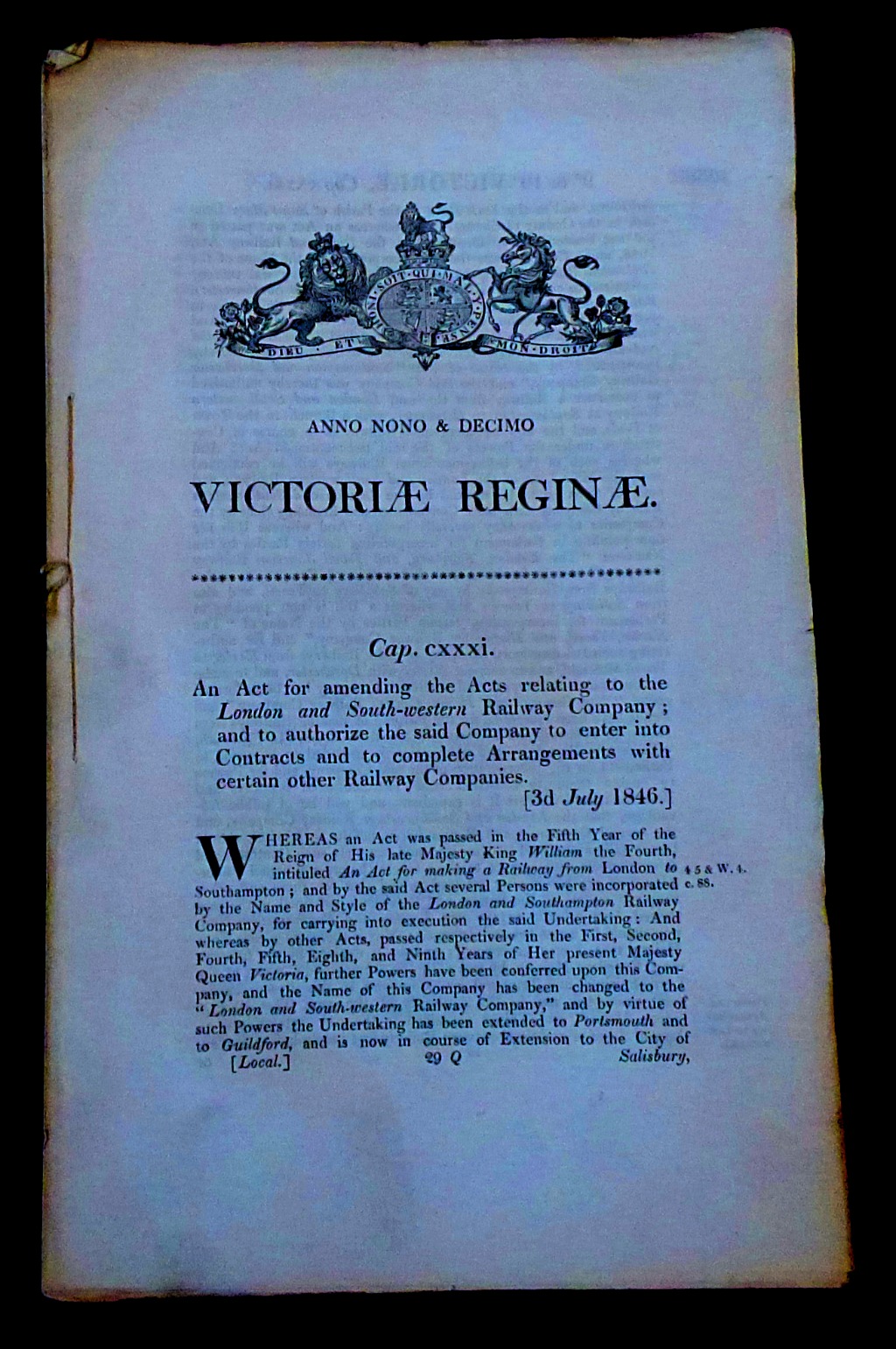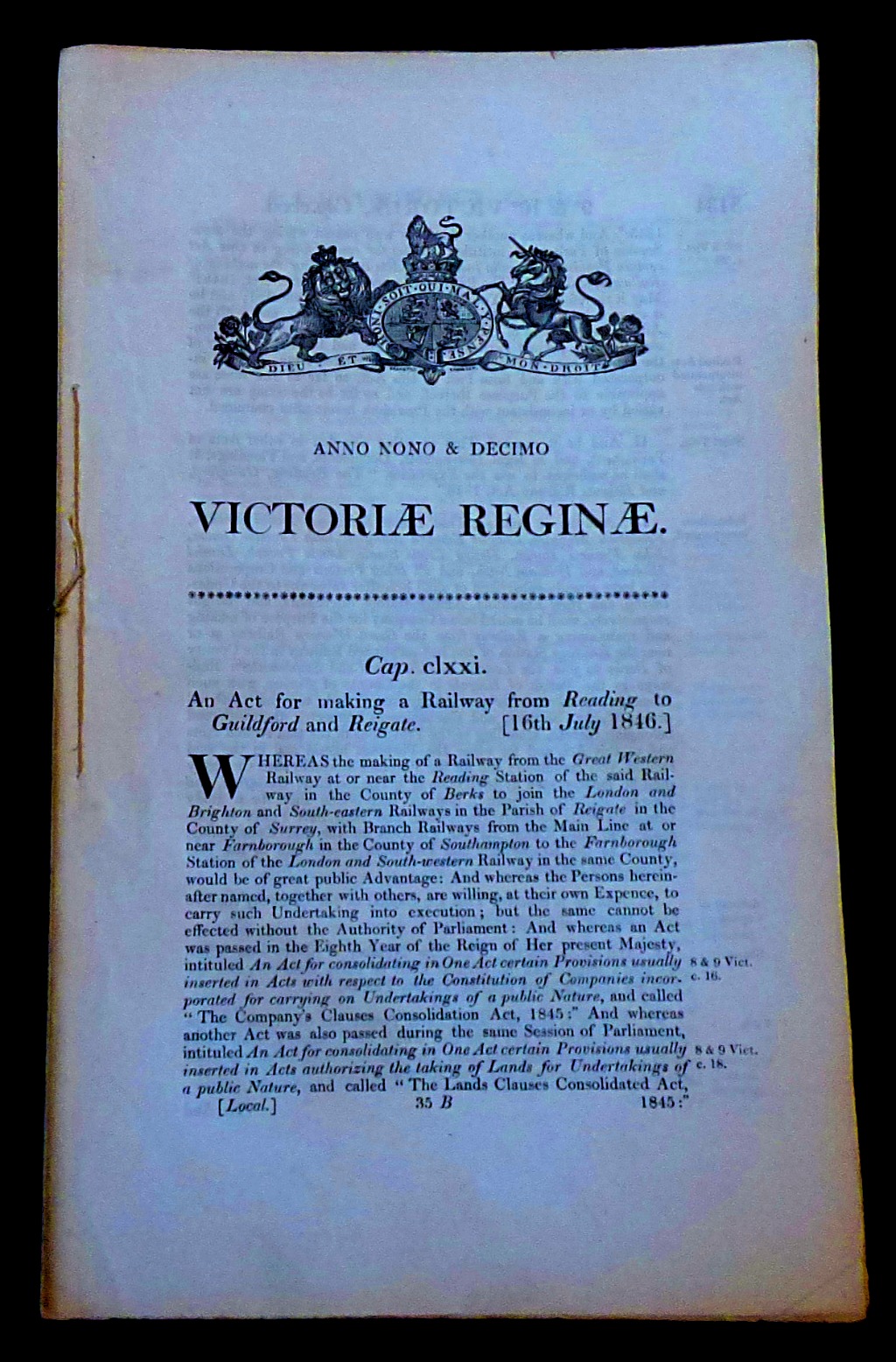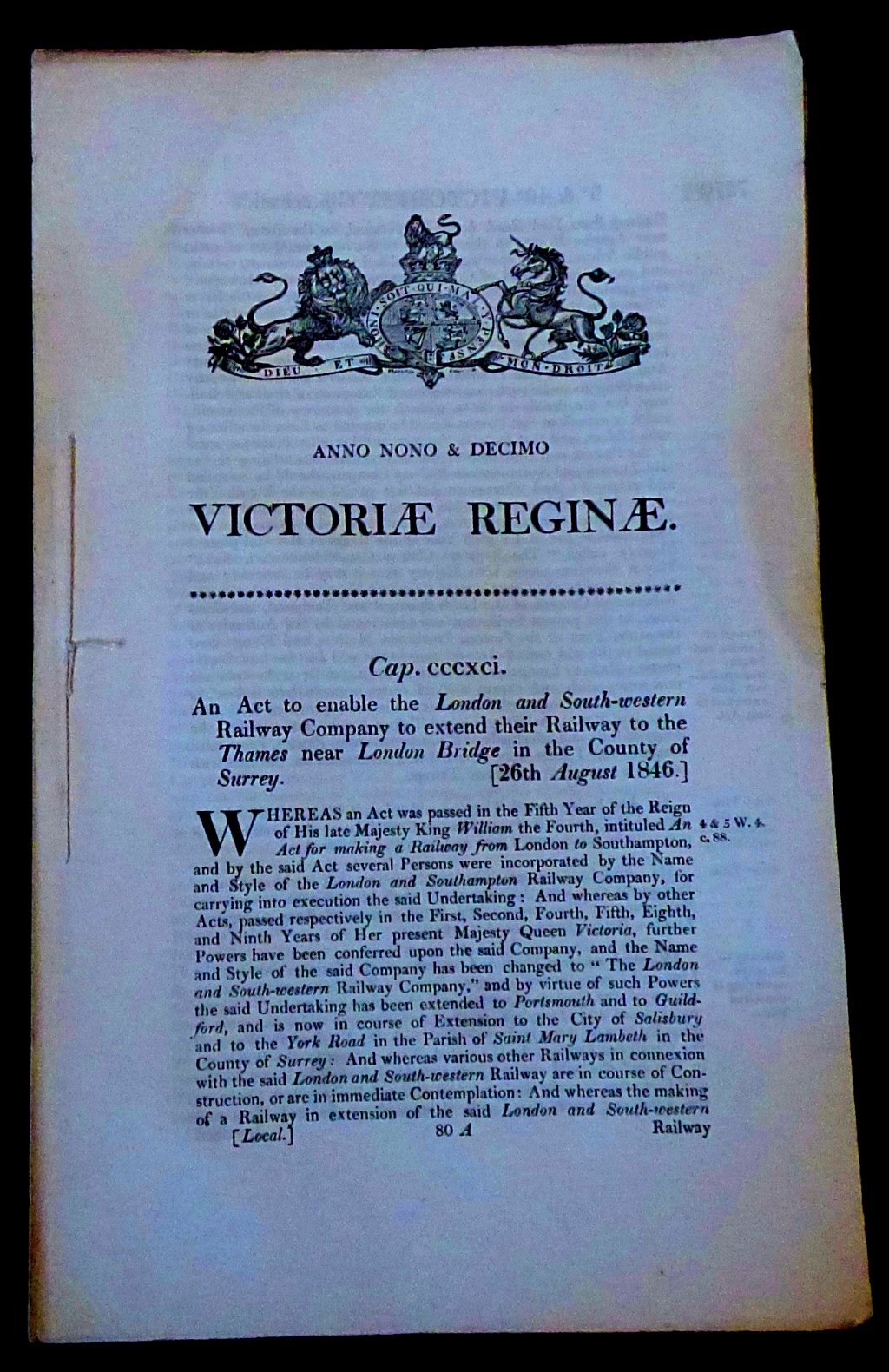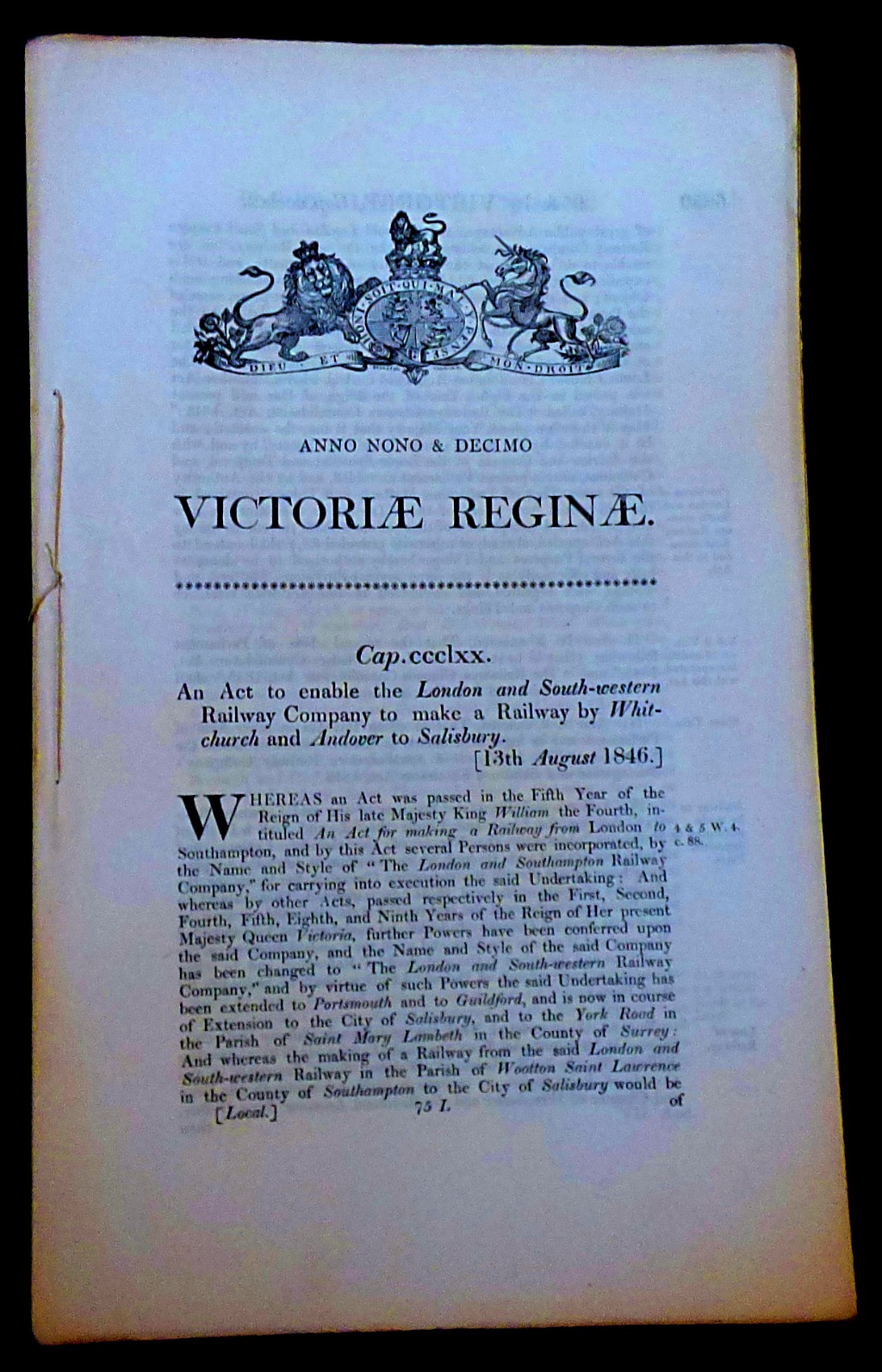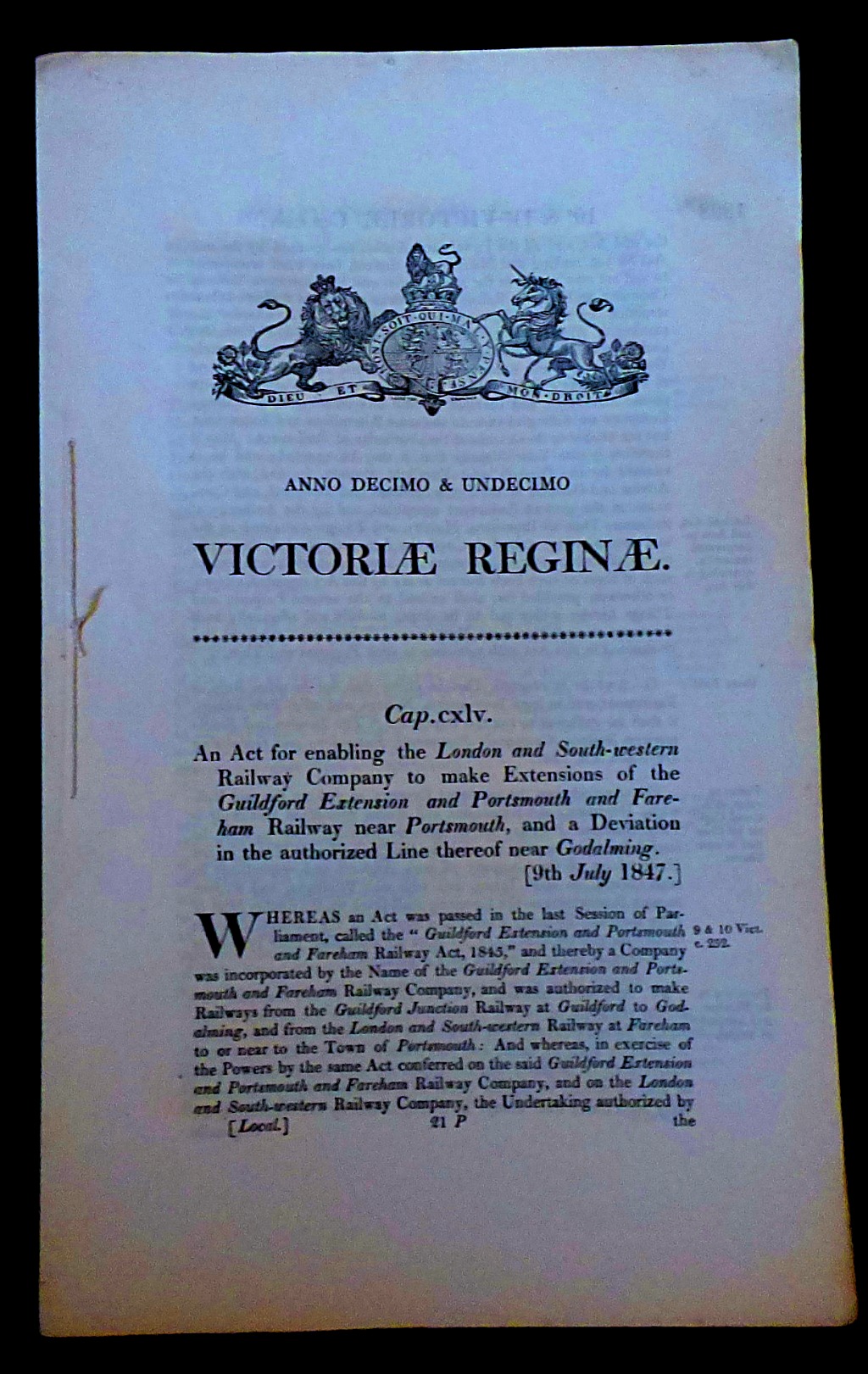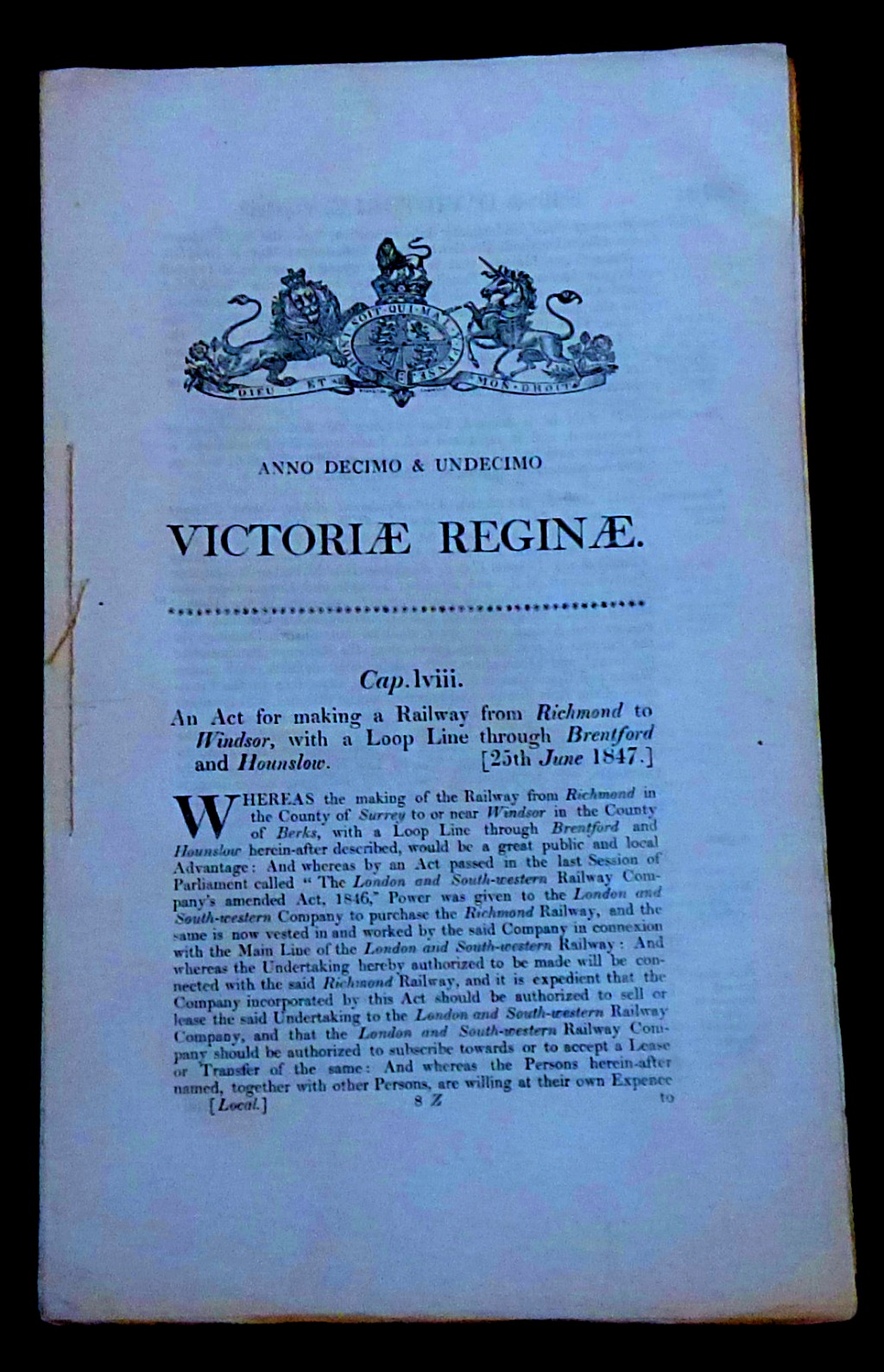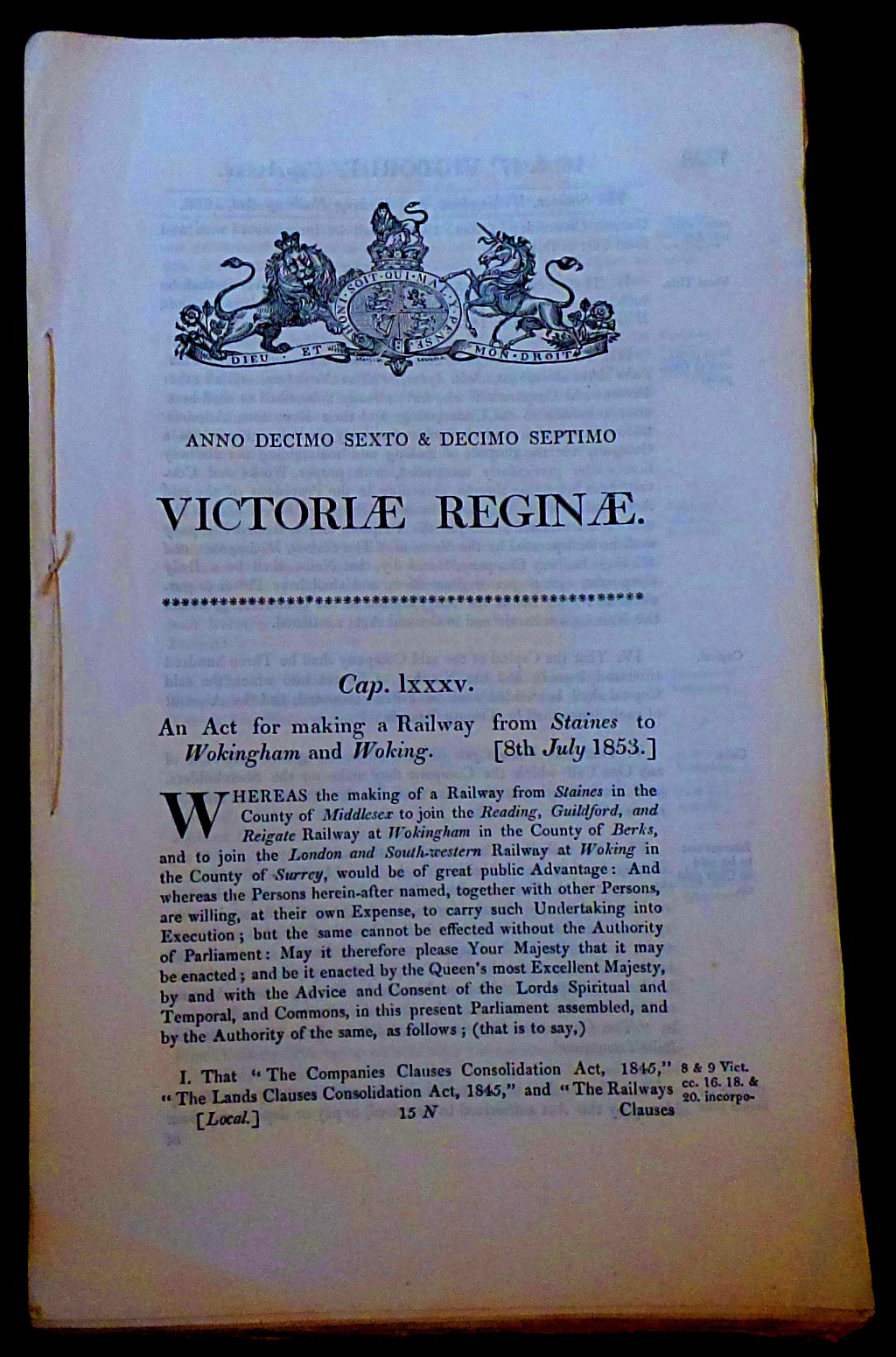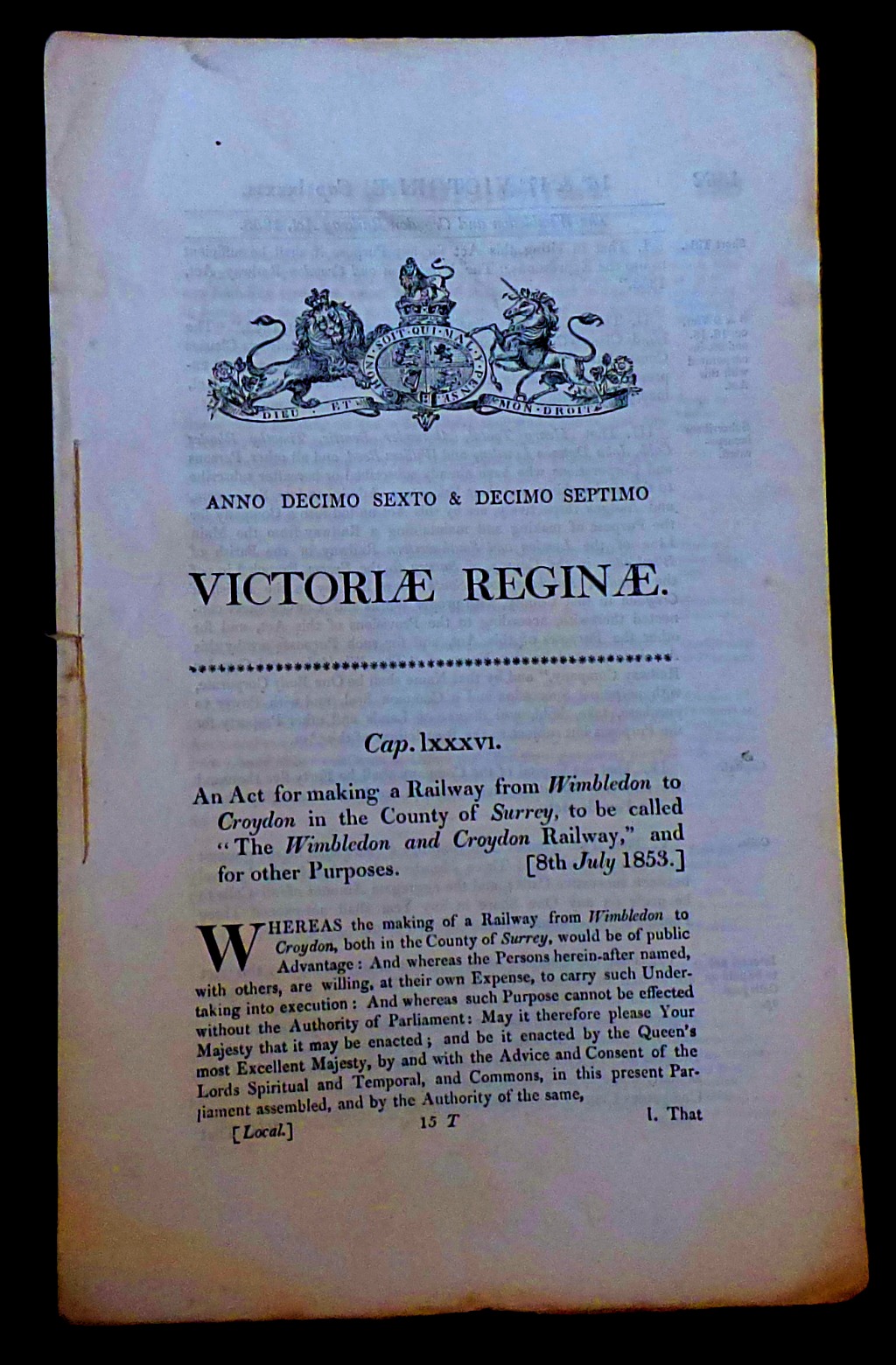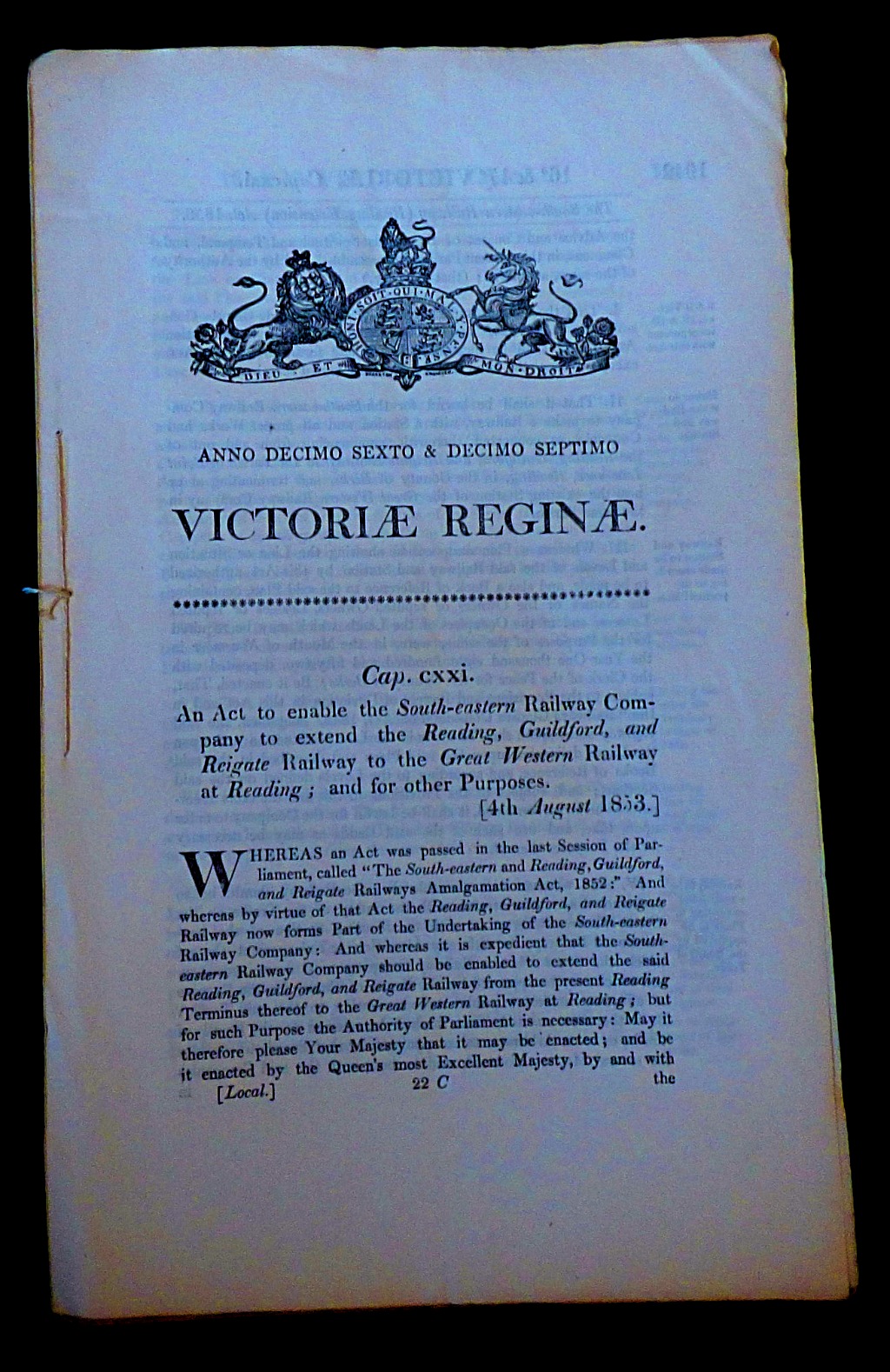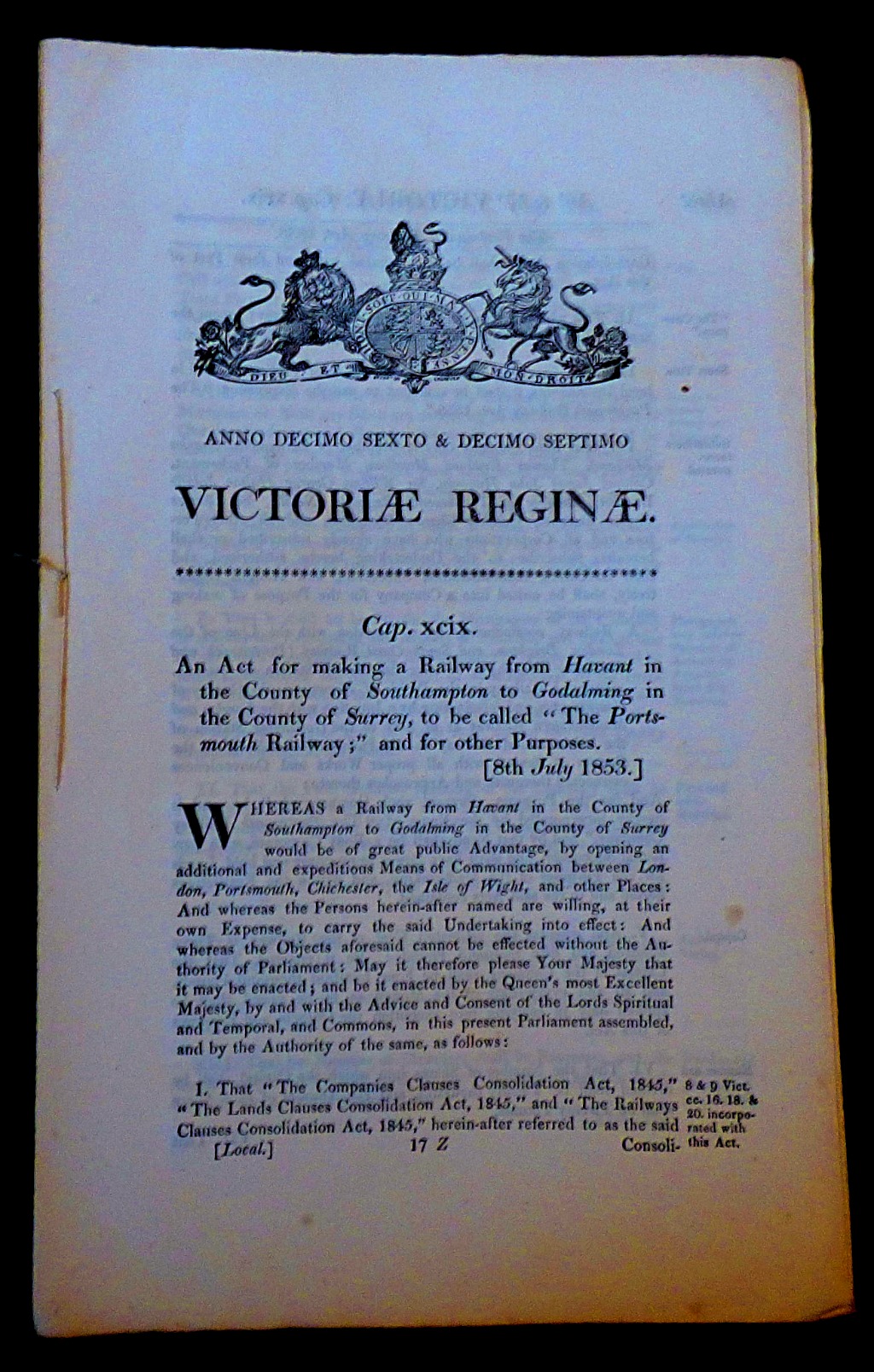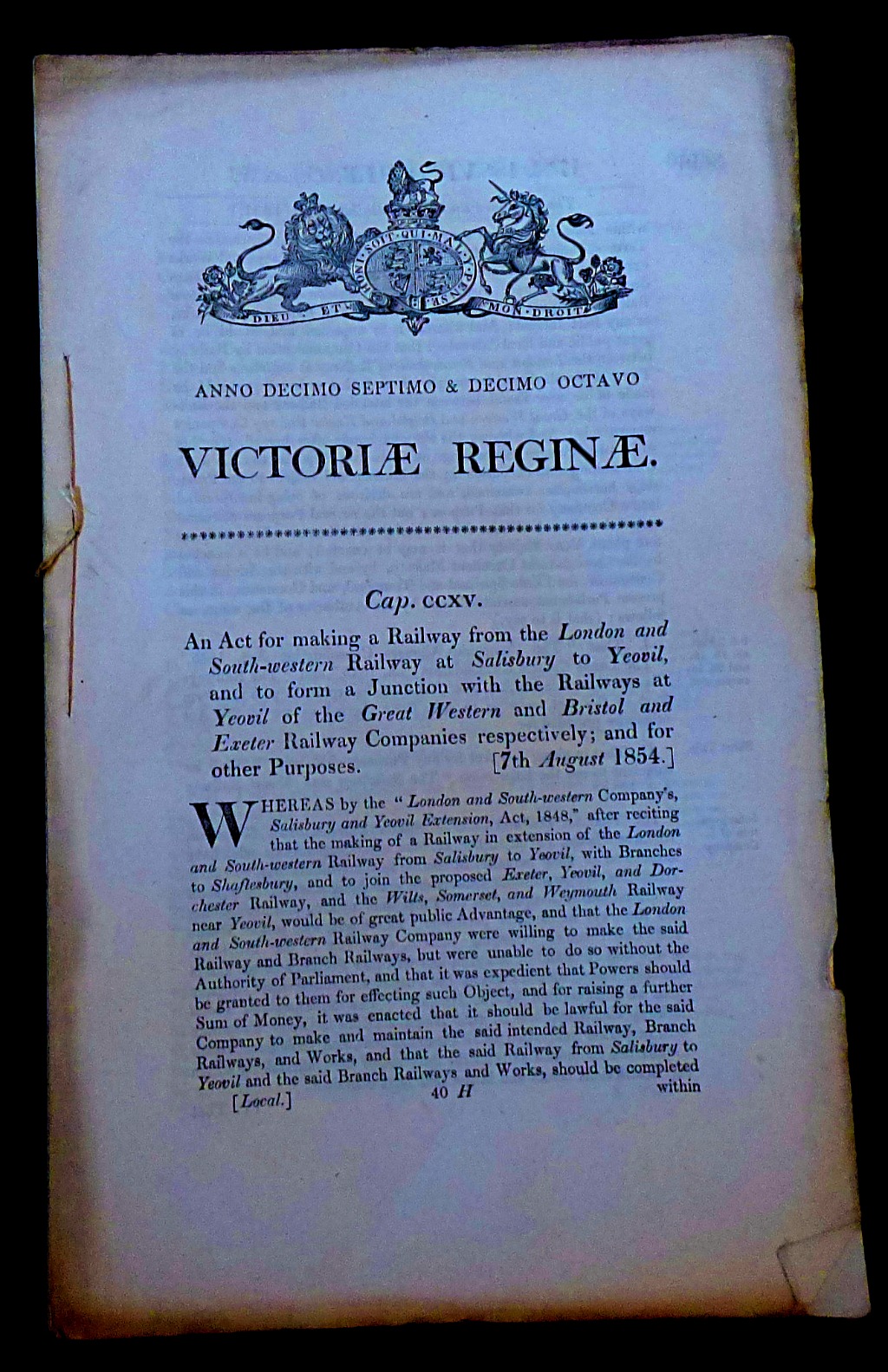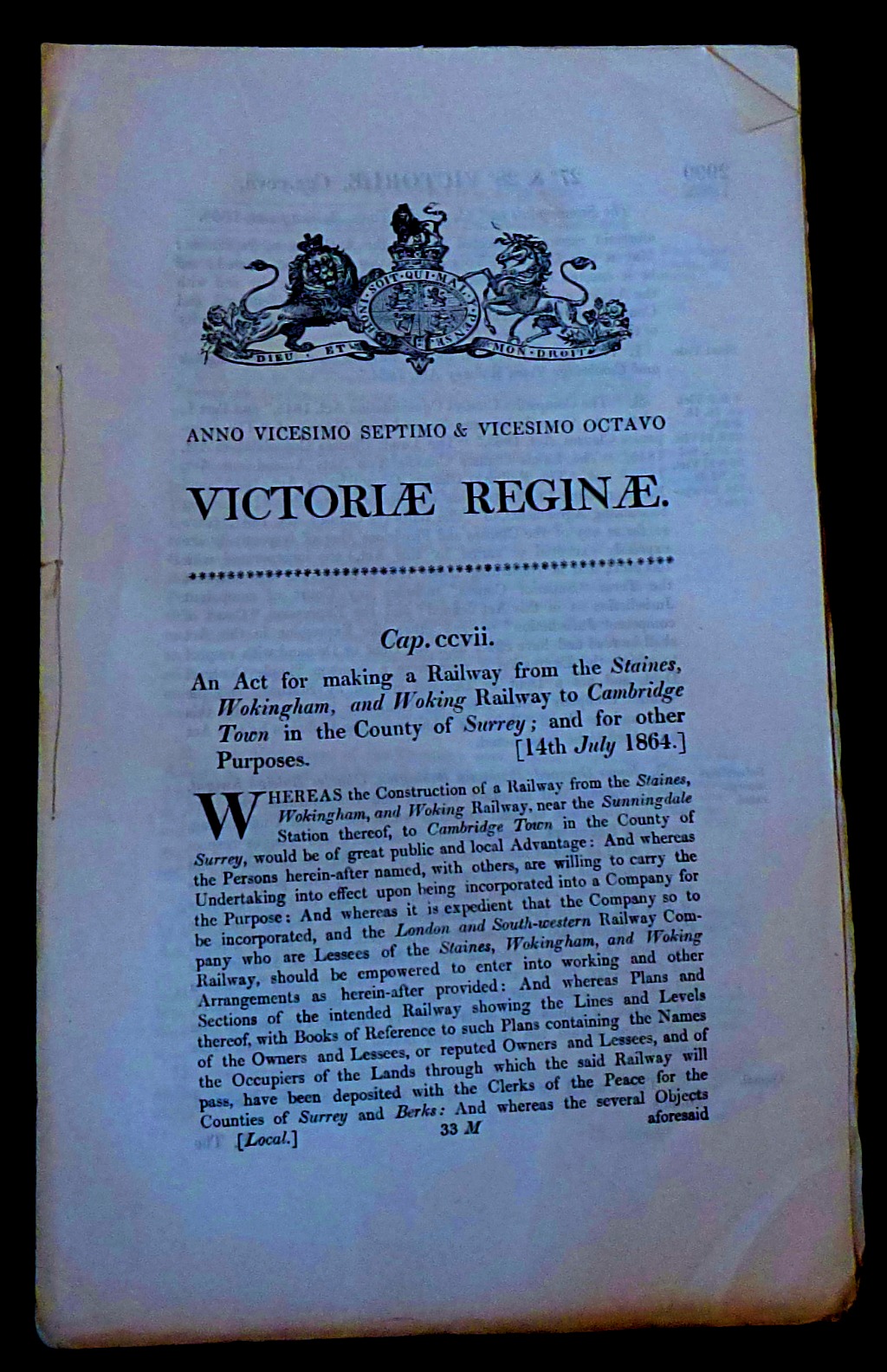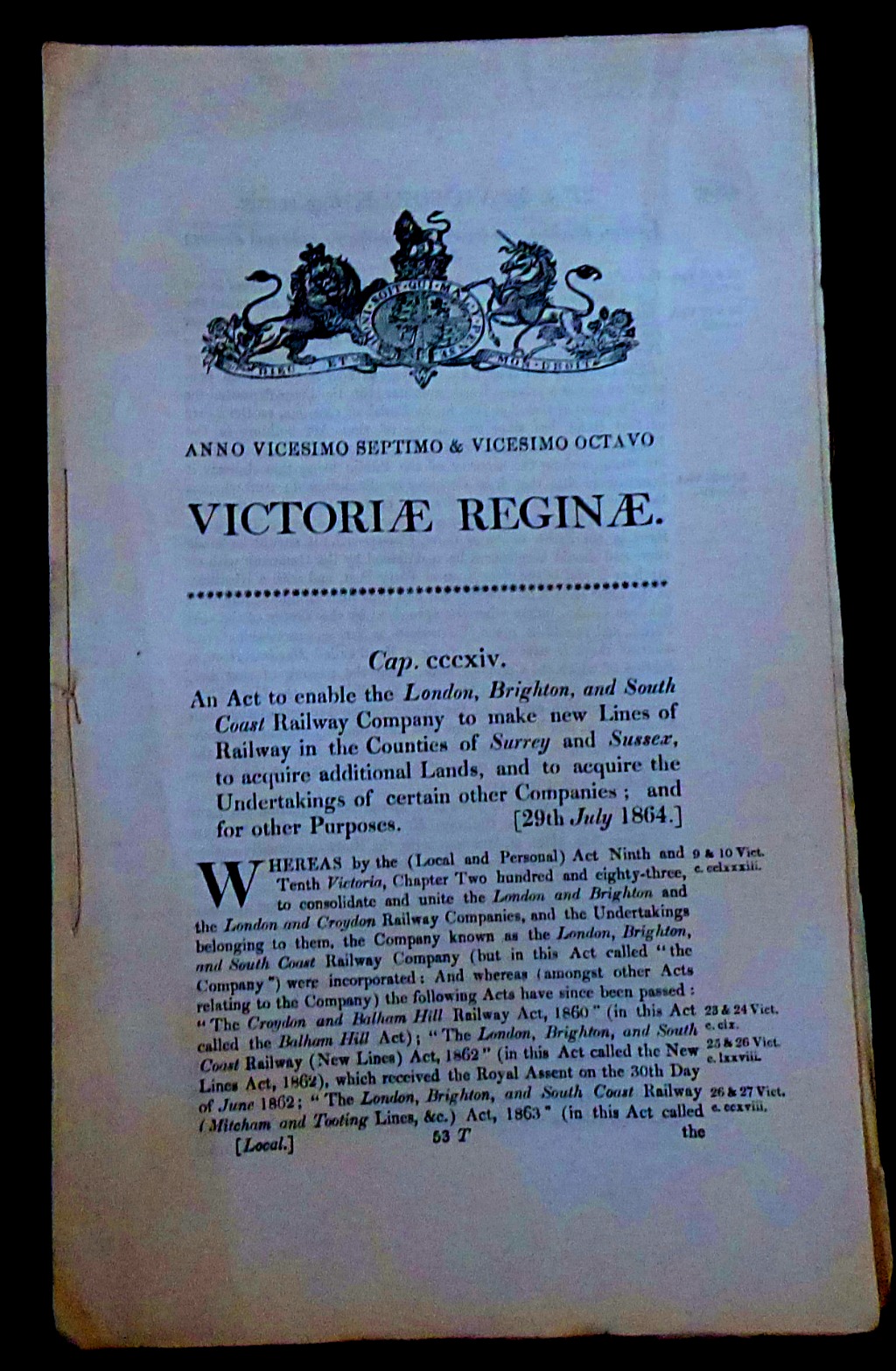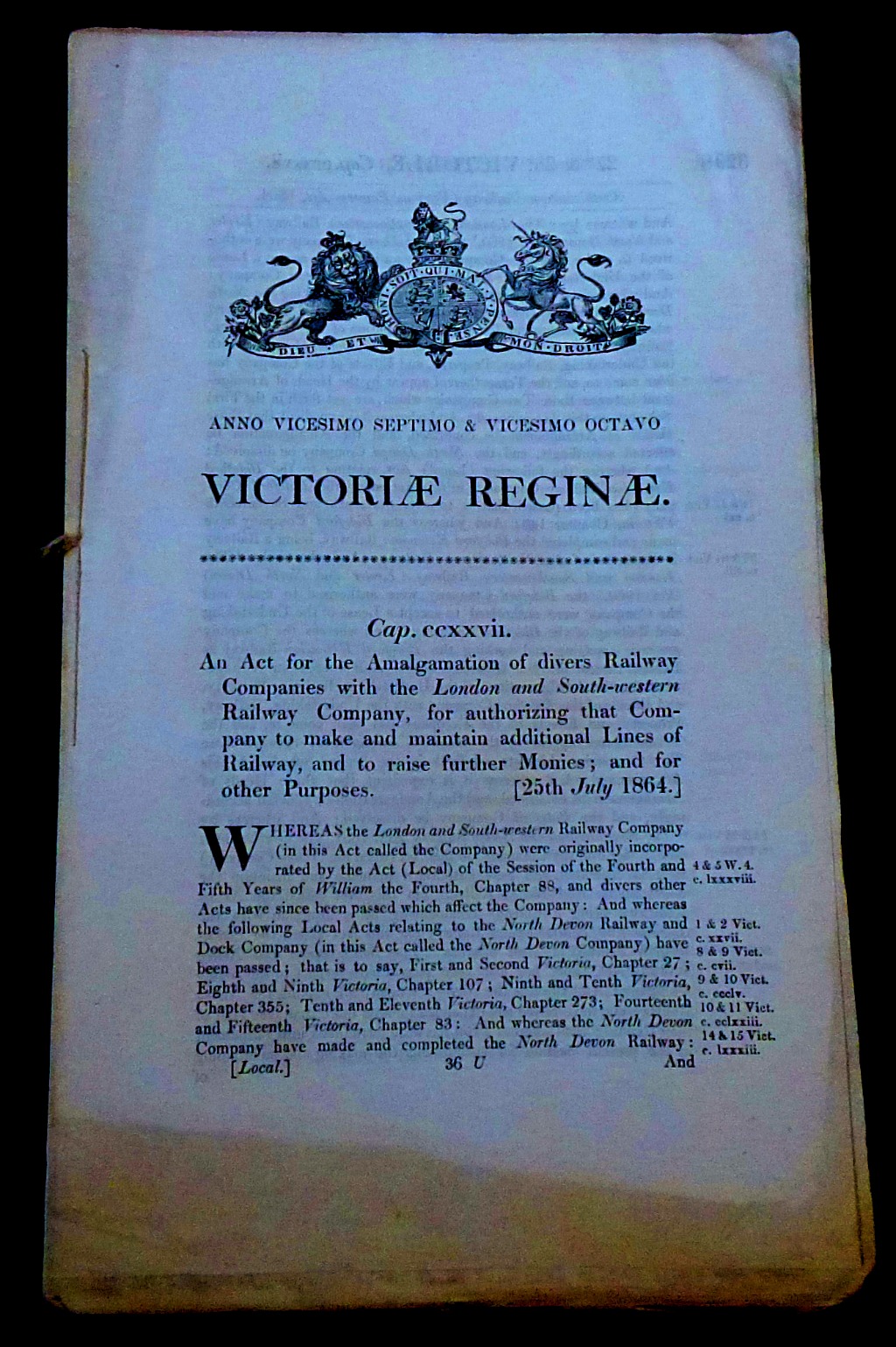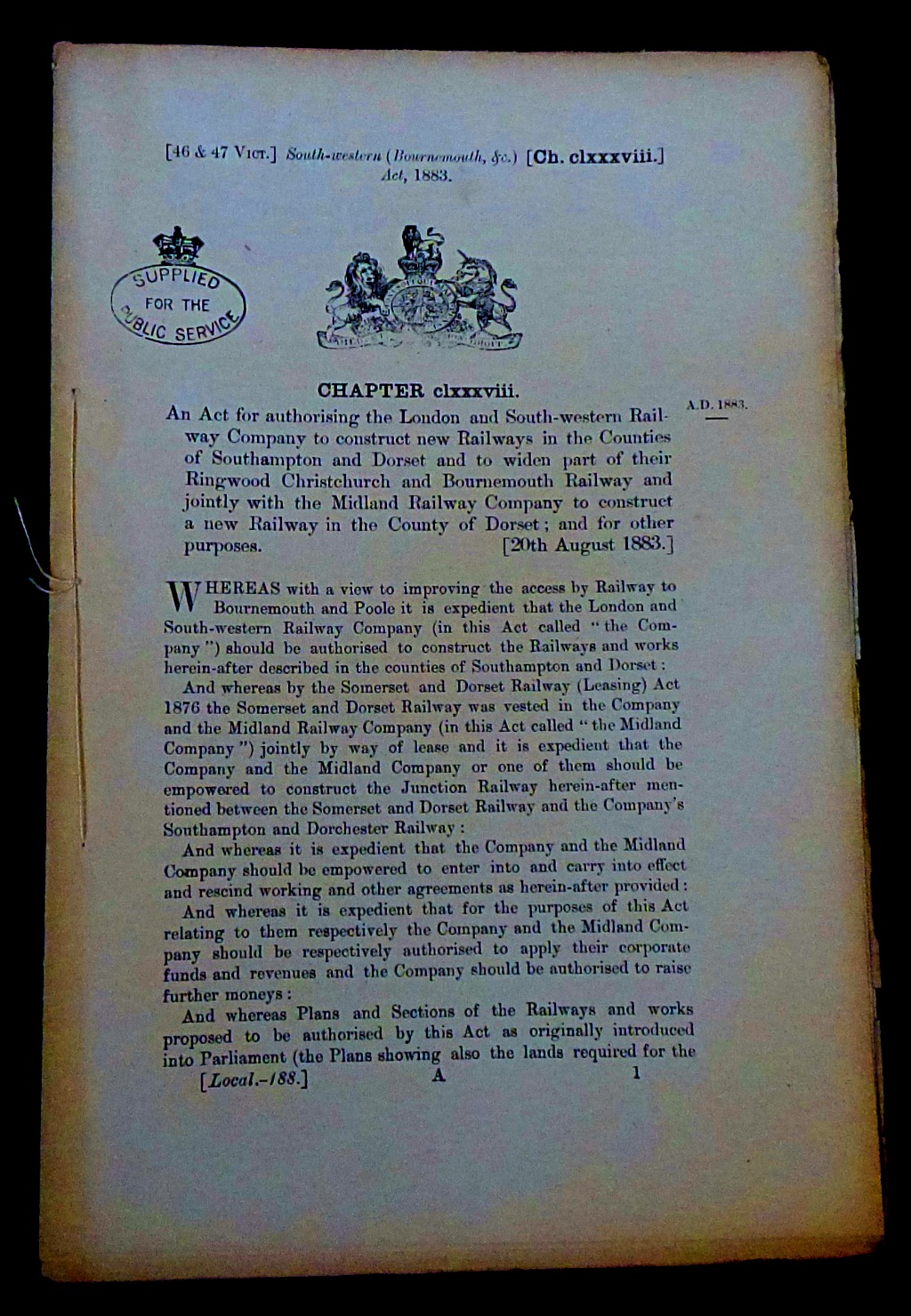If this post is well received it could be the start of a new series, hence the 1 in the title. As a lifelong non-driver I am looking at examples of situations where for various reasons one might accept extra walking rather than use public transport. I am starting with a particularly dramatic example from my younger days.
STREATHAM/ TOOTING
The boundaries between Streatham and Tooting are somewhat blurred. On postcodes, SW16 is Streatham and SW17 is Tooting (the rest of the late SW postcodes are SW18 – Wandsworth, SW19 – Wimbledon and SW20 – West Wimbledon), but on constituencies some of SW16 is in Tooting, including the postcode I called home for 20 years of my life, SW16 6TE. That house was situated pretty much equidistant from four stations, Tooting Bec on the Northern Line, Tooting, Streatham and Streatham Common all on suburban railways, all of which were 15-20 minutes walk away. Before the time I am talking about in this post I had also used Balham, further distant but still walkable, as a starting point for some journeys, and had occasionally chosen to walk home from Wimbledon, a considerably longer walk. The two pictures below, both created by using google maps show the wider area around my old home and then a closer focus on its immediate surroundings:
GETTING FROM TOOTING TO BRIXTON WITHOUT DRIVING
It was in 1997 that I did a few temporary jobs for Lambeth Council via an agency, which involved travelling to and from Lambeth Town Hall, in Brixton. At that time I was not a big fan of buses, so I have to admit they did enter my thoughts. Because of the way the railways both underground and overground work I had basically two options using them: Northern line to Stockwell and then one stop south on the Victoria line, or Streatham to Herne Hill and then Herne Hill to Brixton, three stops in total (2,1), but a change and potentially significant waits for trains at both stages. I actually decided that the time saving was not worth the cost of travel, and opted instead to walk the whole way. There were many possible walking routes, and I experimented with a few different ones. I came to the conclusion that the best route for my purposes was to spend the early part of the walk there/ later part of the walk back away from main roads, so I used Telford Avenue as my link road from the end of Tooting Bec Common to the A23. Immediately after Telford Avenue in the Brixton direction the A23 meets Streatham Place, which is also known as the A205 aka the South Circular, which swings north towards Clapham before turning south again towards Richmond before a final northern turn to where it meets the North Circular (A406) – at the eastern end they do not quite meet.
NEW MALDEN – TOOTING
Between November of 1997 and September of 1999, when I returned to full time education, I worked as a data entry clerk for a furniture company, based in an office above their warehouse in New Malden. That is significantly further from Tooting than Brixton, and I had a pretty much unvaried route in in the mornings: I would get a train north from Balham to Clapham Junction and then travel out from there to New Malden. In the evenings, especially if the weather was decent there was scope for much more variation, as if I started back along the main road, rather than go into New Malden, I get to Raynes Park, Wimbledon Chase, Wimbledon and South Wimbledon with varying lengths of walk, each of which offered ways to travel onwards, and on more than one occasion I actually walked all the way.
Here a few A-Z map pages to help you orient yourself, and to end this section:
LINKS AND PHOTOGRAPHS
This post, even more than most of mine, is very much an autistic person’s post, so I start the links section by directing you towards an excellent thread by Ann Memmott in which she superbly takes apart some derogatory stuff about autistic people. A screenshot of the start of the thread is below, and I urge to to read the whole of it by clicking here.

Next up, a petition titled “Bringing the iconic crane back from extinction proves that conservation works“. Please sign and share either by clicking on the title, or here. A screenshot is below.

Finally, the London Transport Museum have recently produced bitesize histories of the Metropolitan and District lines, which you can read by clicking the respective line names. If you enjoy their efforts, pieces about those lines that I created can be viewed here, here and here (three links, because the original Metropolitan Railway route is actually now served by the Hammersmith and City line).
Now, it is time for my usual sign off…


